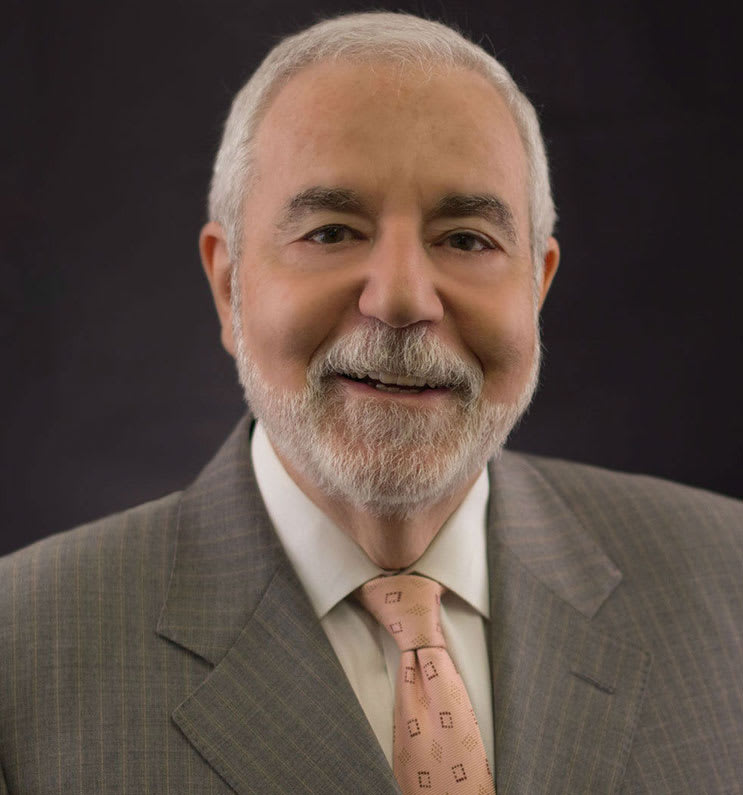
Dan Brecher
Counsel
212-286-0747 dbrecher@sh-law.com
Counsel
212-286-0747 dbrecher@sh-law.comAccording to the complaint, the organizations bilked donors out of $187 million from 2008 through 2012. The FTC alleges that the contributions were largely used to fund the lavish lifestyles of the charities’ leaders, while only three percent were used to provide services to cancer patients. “[D]onated funds were used to pay for vehicles, personal consumer goods, college tuition, gym memberships, Jet Ski outings, dating website subscriptions, luxury cruises, and tickets to concerts and professional sporting events,” the complaint says. The companies face significant fines, and two have already shuttered their doors.

Unfortunately, scams involving charities are relatively common. While charitable organizations are required to file reports with the Internal Revenue Service, the nonprofit sector largely operates under very loose oversight. There is no regulator like the Securities and Exchange Commission looking over their shoulders, and no investors to hold them accountable.
Even charities that are not outright scams may still not be using your contribution to further the mission of the organization. In many cases, the actual percentage of your donation that is actually devoted to the charity’s mission can vary greatly.
As with any investment opportunity, it is wise to conduct some due diligence prior to making a charitable donation. CharityWatch provides a list of top-rated charities, which spend 75 percent or more of their budgets on programs, spend 25 percent or less to raise public support, do not hold excessive assets in reserve and receive “open-book” recognition for disclosing basic financial information and documents.
As highlighted by Daniel Borochoff, president of CharityWatch, “Spending just a little time on research can exponentially increase the good works accomplished by a donation.”
In addition to verifying how your money will be used, other tips for making the most of your donation dollars include obtaining detailed information about the charity’s endeavors via an annual report, maintaining written records of your donations, and keeping an eye out for frauds that capitalize on recent disasters, such as the recent earthquake in Nepal.
No Aspect of the advertisement has been approved by the Supreme Court. Results may vary depending on your particular facts and legal circumstances.

Special purpose acquisition companies (better known as SPACs) appear to be making a comeback. SPAC offerings for 2025 have already nearly surpassed last year’s totals, with additional transactions in the pipeline. SPACs last experienced a boom between 2020–2021, with approximately 600 U.S. companies raising a record $163 billion in 2021. Notable companies that went public […]
Author: Dan Brecher

Merging two companies is a complex legal and business transaction. A short form merger, in which an acquiring company merges with a subsidiary corporation, offers a more streamlined process that involves important corporate governance considerations. A short form merger, in which an acquiring company merges with a subsidiary corporation, offers a more streamlined process. However, […]
Author: Dan Brecher

The Trump Administration’s new tariffs are having an oversized impact on small businesses, which already tend to operate on razor thin margins. Many businesses have been forced to raise prices, find new suppliers, lay off staff, and delay growth plans. For businesses facing even more dire financial circumstances, there are additional tariff response options, including […]
Author: Brian D. Spector

Business partnerships, much like marriages, function exceptionally well when partners are aligned but can become challenging when disagreements arise. Partnership disputes often stem from conflicts over business strategy, financial management, and unclear role definitions among partners. Understanding Business Partnership Conflicts Partnership conflicts place significant stress on businesses, making proactive measures essential. Partnerships should establish detailed […]
Author: Christopher D. Warren

*** The original article was featured on Bloomberg Tax, April 28, 2025 — As a tax attorney who spends much of my time helping people and companies who have large, unresolved issues with the IRS or one or more state tax departments, it often occurs to me that the best service that I can provide […]
Author: Scott H. Novak

On January 28, 2025, the Trump Administration terminated Gwynne Wilcox from her position as a Member of the National Labor Relations Board (NLRB or the Board). Gwynne Wilcox, a union side lawyer for Levy Ratner, was confirmed to the Board for an original term in 2021 and confirmed again for a successive five-year term expiring […]
Author: Matthew F. Mimnaugh
No Aspect of the advertisement has been approved by the Supreme Court. Results may vary depending on your particular facts and legal circumstances.
Consider subscribing to our Firm Insights mailing list by clicking the button below so you can keep up to date with the firm`s latest articles covering various legal topics.
Stay informed and inspired with the latest updates, insights, and events from Scarinci Hollenbeck. Our resource library provides valuable content across a range of categories to keep you connected and ahead of the curve.
Let`s get in touch!
Sign up to get the latest from the Scarinci Hollenbeck, LLC attorneys!